The Olympus 12-100mm F4 PRO zoom (24-200mm equivalent focal length) has been a well-used and well-loved lens for me this past year. I see that it has even relegated my Panasonic 14-140, a favorite from the prior year, to my lens drawer. Though the 14-140 is a “sharp enough” lens, the 12-100 is “more than sharp enough” and importantly has a few additional features, albeit at a significantly higher (2x) price point.
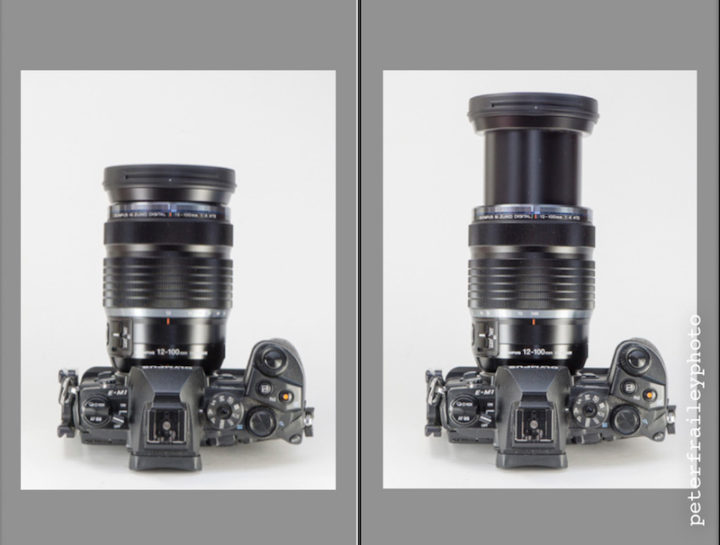
Most of the 12-100’s use last year (90%) was on the Olympus E-M1 which I have owned since it was first introduced some four years ago, and 10% of its use was on the Panasonic GX80/85, a camera that I acquired last summer. I enjoy both cameras, but for me this 1.2 pound lens balances better on the E-M1, especially with the RSS L-plate/grip attached. The total weight of the camera, grip, and lens is 2.6 pounds.
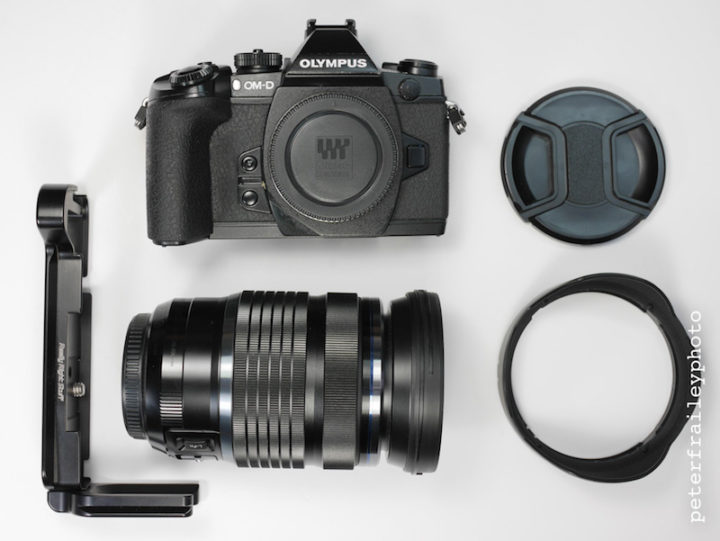
This body and lens combo is lighter than the lenses alone would be for a full frame Canon shooter (the two F4 lenses required to cover the equivalent focal range would total 3 pounds) or Sony shooter (the two lenses would total 2.8 pounds). Yes, I do realize that this is not an apples-to-apples comparison because the depth of field is shallower with the full frame gear. On the other hand, if you are mostly a landscape photographer who might shoot a scene with a full frame camera at, say, F16, you will only need F8 with a mFT camera to get the same depth of field, assuming the same equivalent focal length and the same focusing distance. Depending on the light available, this might be an advantage for the mFT system by allowing lower ISOs.

In my opinion the best thing about this lens is its flexibility. This is not just because of the wide range of focal lengths, but for the fact that you can fill the frame at essentially all focal lengths (not at 12mm, but at 14-100mm) with a flower that measures 3” across. (The full frame gear mentioned in the previous paragraph will not match this.)
This capability has served me well for flower and food photography. I have owned the Olympus 60mm macro lens since its introduction, but now hardly need it for flowers and food.


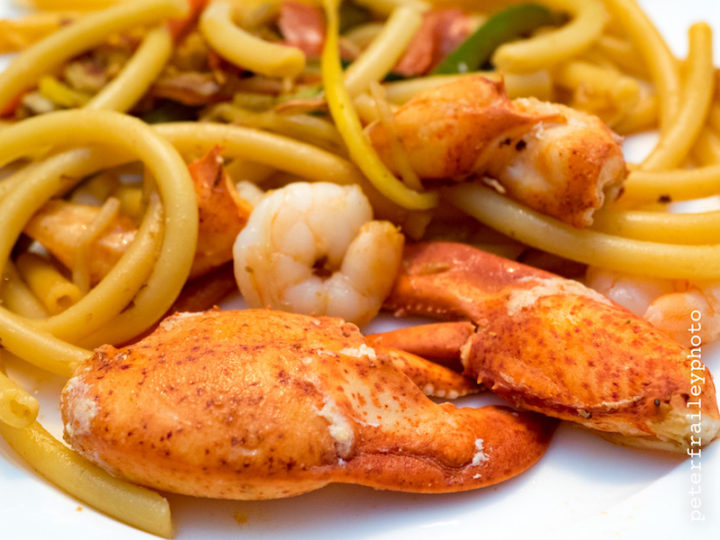

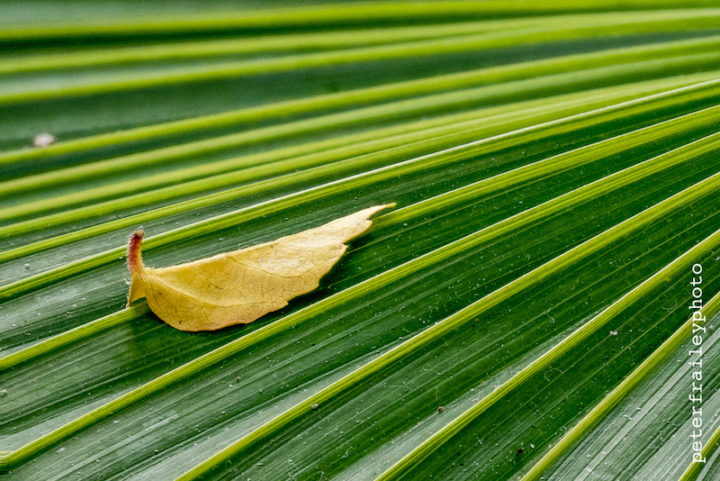
Though there are times I’d prefer the option for a shallower depth of field for people photography, I nevertheless enjoy the no-brainer ease of just shooting wide open at F4. For me that is usually candid family photography.
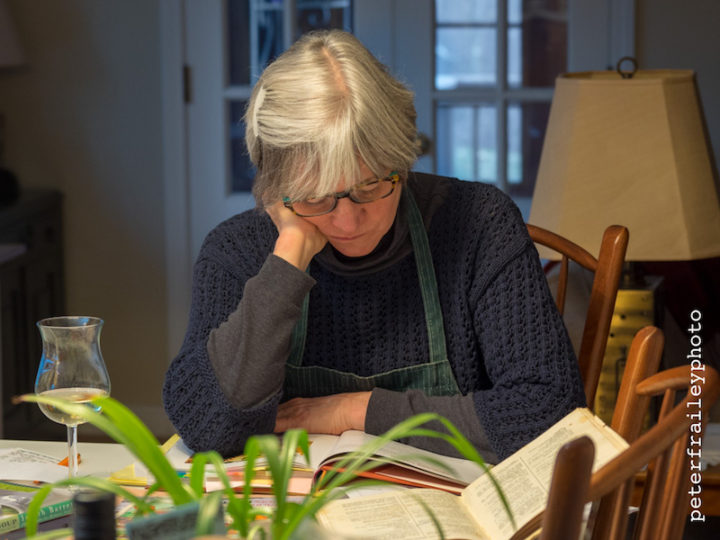
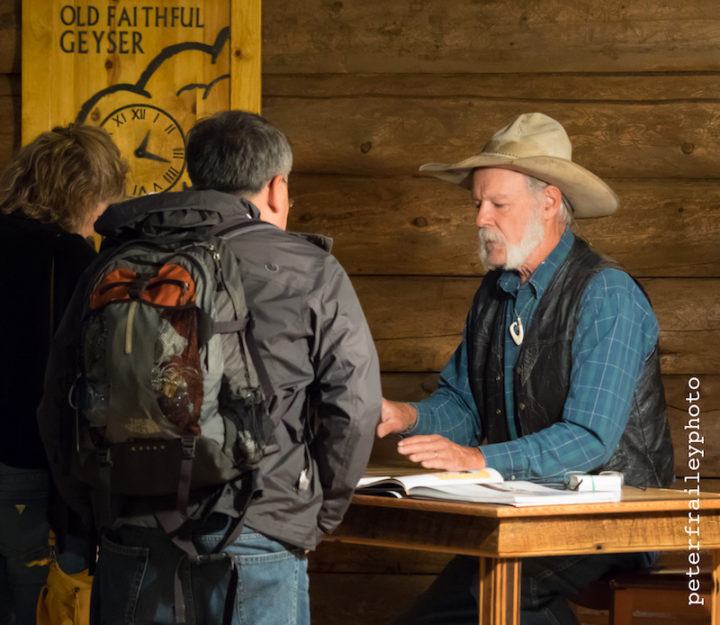
The 12-100 is all I need for car photography, which I have enjoyed on a few Saturdays each summer on the lawn of the Larz Anderson museum near Boston. Again, I typically shoot wide open.
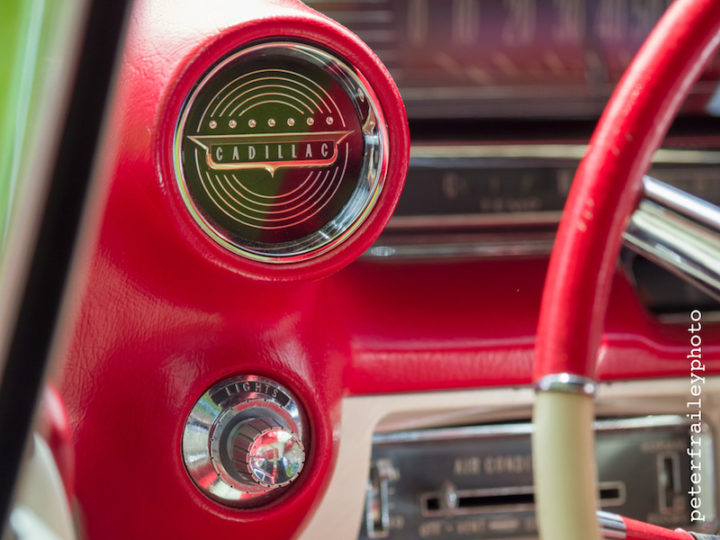
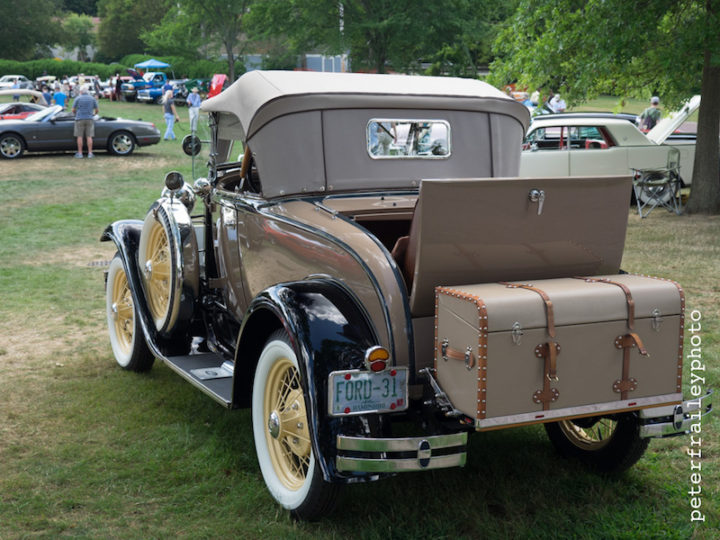
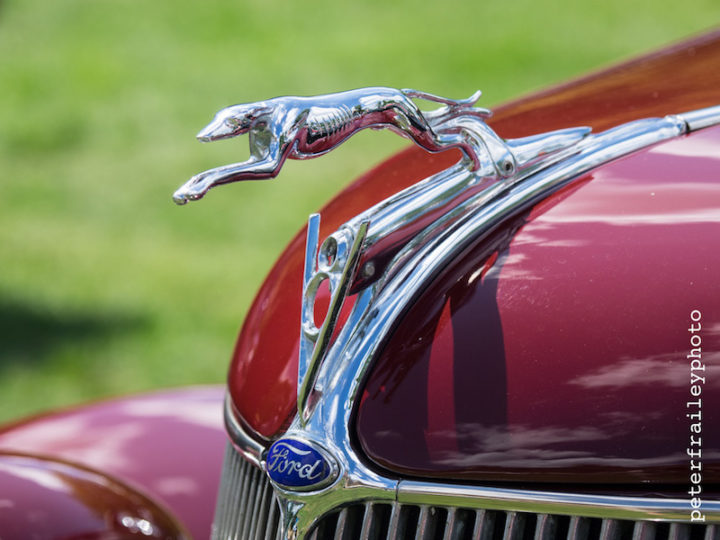
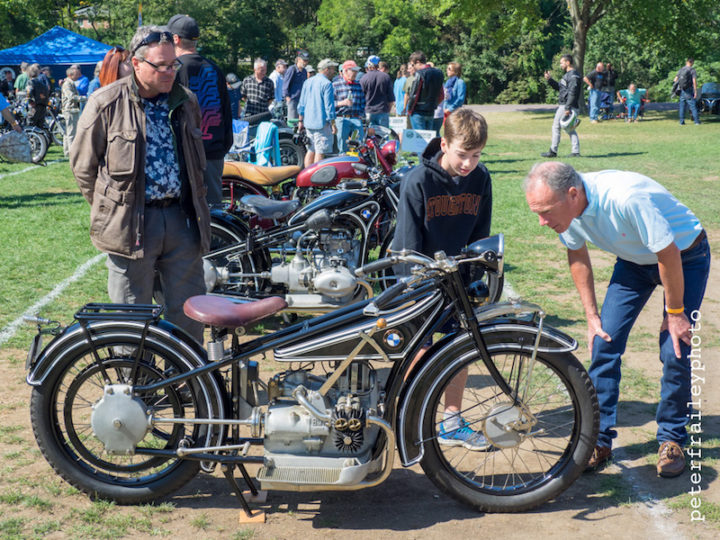
But most of my images are landscape and travel images. The lens has been perfect for that, as I dislike changing lenses. Even if the 12-100 were glued to the E-M1, and therefore I had no other choices, I think I’d be happy.
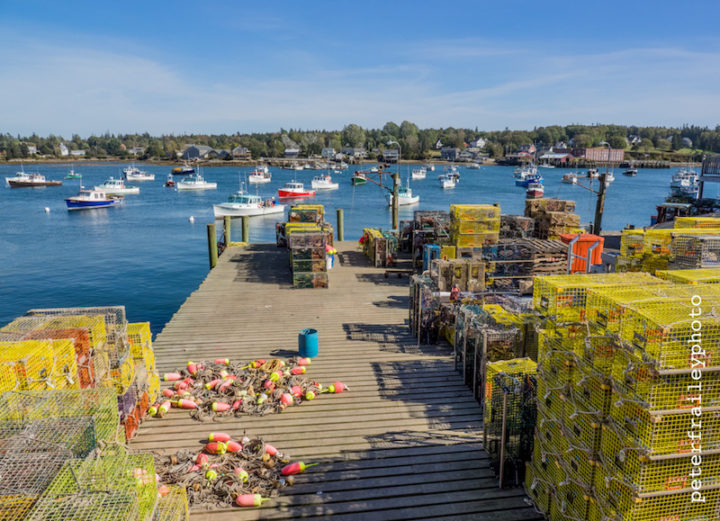
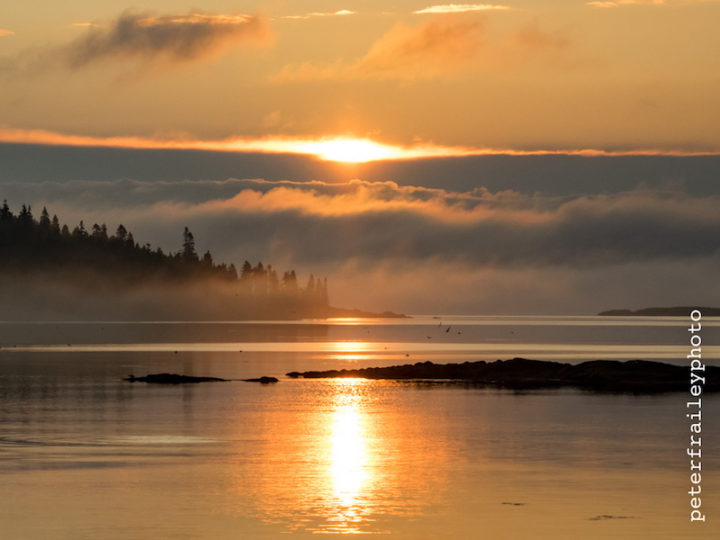
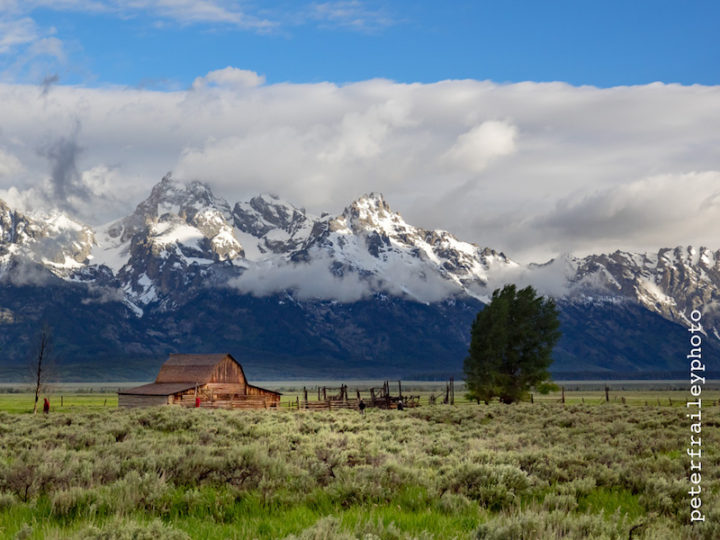
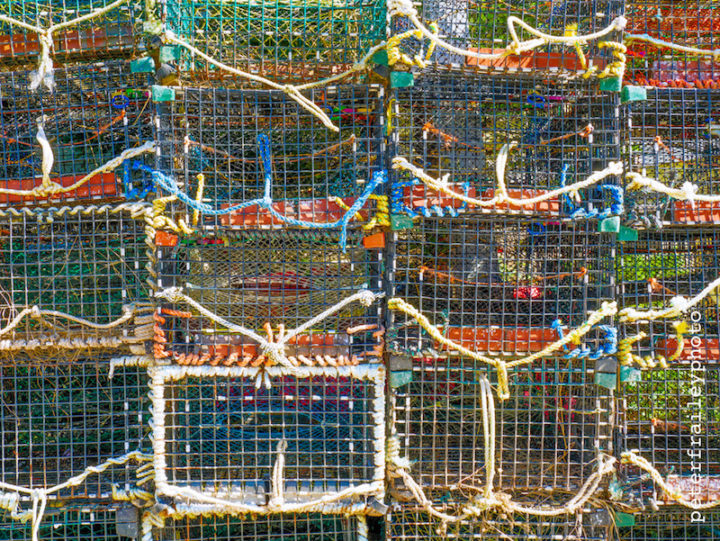

I also like the build quality and ergonomics of the lens. It has a “snap back” or “clutch” focus ring which changes the focus ring from a fly-by-wire focusing system to what feels like a mechanic focus ring with hard stops at both ends of the focus range.
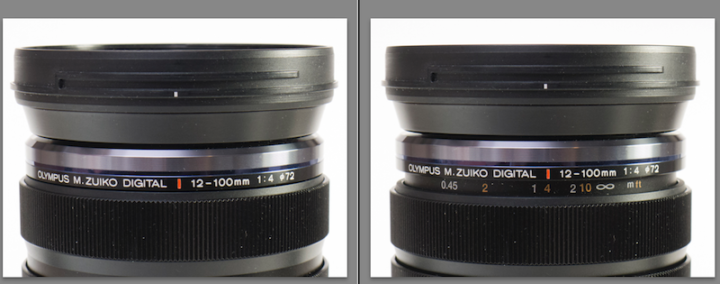
I like that the rings (focus and zoom) are metal, not rubber. They do not show wear, which I think will be helpful when (or if) I sell the lens.
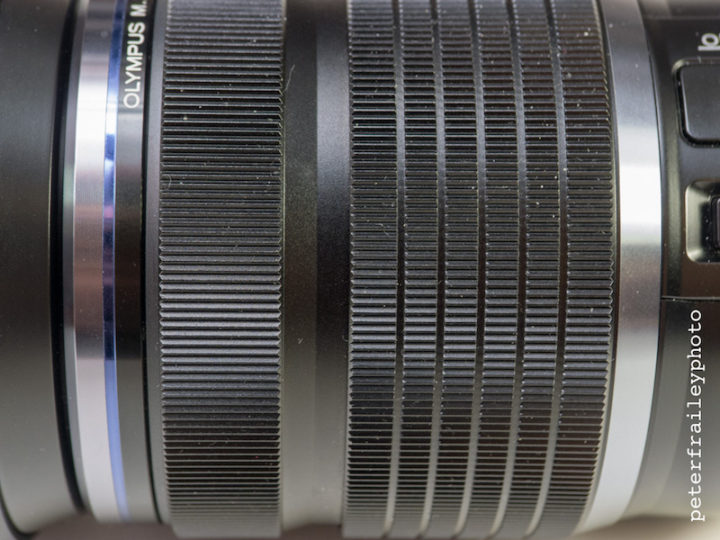
Switching the image stabilization off when using a tripod is easy as there is a switch on the lens barrel. And finally, there is the L-Fn function button on the lens barrel next to the image stabilization switch. Because the E-M1 body has only the one AFL/AEL button, one option is to set it for AEL and use the function button on the lens to lock focus.
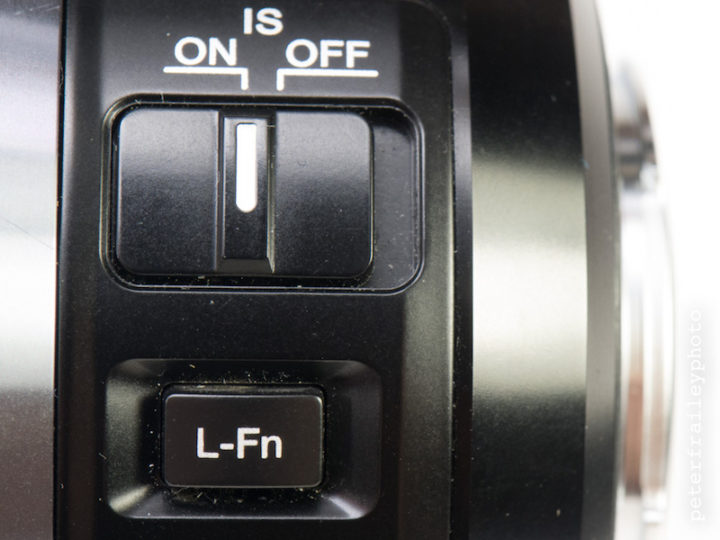
I have found only one downside, and that is the 72mm filter size. This is my problem, not the problem of the lens, because unfortunately when I bought this lens my largest filters were only 67mm. Looking back, of course I should have done what so many have recommended. I should have bought 72mm filters (or even the next size bigger!) from the very beginning. Then just spend a few dollars to get a set of step up rings. Oh, well. Live and learn.
I prepared a collection of 50 images taken with this lens, and placed them in a folder on my website. The resolution will depend on the resolution of your monitor or device. All the images were hand-held, as were the images included in this article.
Here’s the link to that collection: http://www.peterfraileyphoto.com/olympus12100
- Peter’s Instagram Feed is https://www.instagram.com/peterfraileyphoto/
- Peter’s photography website is at https://peterfraileyphoto.com/
- Peter’s blog is at http://peterfraileyphoto.blogspot.com/
Article and all images are Copyright 2018 Peter Frailey. All rights reserved. No use, adaptation or reproduction is allowed without written consent. This article was originally published on http://peterfraileyphoto.blogspot.co.uk/ and was published on mirrorlessons.com with express written permission.
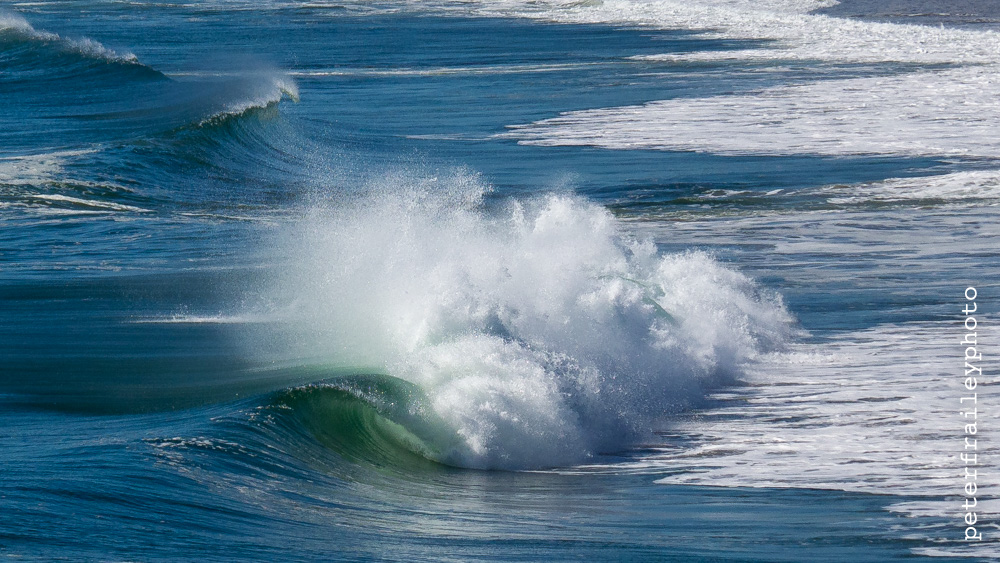
Hello Alex, I am happy you enjoyed my story of this lens. Because of your photographic enjoyment with the smaller E-M10 (compared to the E-M1) and several primes, I too would imagine the 12-100 would stay at home due to its size and weight. I too have the 12-40 lens and right now it is affixed to the smaller (than E-M1) Panasonic GX80/85 which I picked up last summer for a real bargain. —Peter
Thanks for your sharing Peter.
It’s a fact that I’ve never seen a 12-100 user complains with this lens till now: everybody seems ok to tell it’s a gem. Then I’m very impressed by its proxy capabilities!
I own a huge collection of mft bodies and lenses but more often I use only the e-m10 II and primes for discretion and compacity without compromising with IQ or bokeh abilities. So my loving e-m1 with its 7-14 and 12-40 tend to stay at home more than they deserve… I’m afraid this zoom would know the same destiny. Then I still do hesitate to buy it and so prefer wait the time to find a more affordable used one. But I sure will get it one day as a few-compromise all in one lens, next to an e-m1 II of course!
I’m with you, Frank. I also have the 12-40 though it most often sits on the smaller bodied Panasonic GX80/85. The 12-100 sits on the larger EM-1. They are both similarly beautiful lenses.
Do you mean keep the 12-100? Well yes I’ll keep it! I’ve had it for a year and have used it for so much. I’m quite satisfied. It’s a wonderful lens and so worth the price to me. Though I did not mention it in the article I do also own the 12-40 and use it often indoors, as you suggested.
Hey Zensu…have you considered that the 12-100 has 6.5 stops of improved performance due to the combined IBIS in the camera (EM1 Mark II) and the additional IS of the lens? This means that you would lose nothing and that 1 stop of supposed gain with the 12-40 2.8 is regained with the 12-100’s better performance.
For the record, I have both and use both…but the 12-100 has become my main lens on the EM1 Mark II (I use the 12-40 2.8 on the PENF). An outstanding lens however you decide to use it.
Thanks for the post, have you decided to keep it? Been flirting with keeping my 12-40mm F2.8 for indoor and low light and adding the 12-100mm F4 for outdoor use. I just love the 12-40mm so much I’m not sure if just one F – stop would really justify the luxury of keeping both, my photo budget won’t allow it. If you had to choose between the two (having used both ) which would you choose?